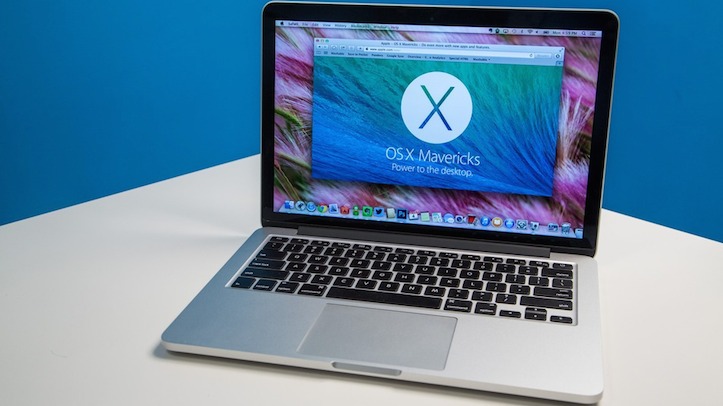
But in that case, the magnetic head never stays seated and always routes the cable somewhere awkward, so it's good you can use regular USB-C to charge those as well.
#MACBOOK PRO VIDEO EDITING PRO#
Microsoft also has a version of this, with a small magnetic fin that slots into a power port on Surface Pro tablets. In practice, MagSafe is just as good as I remember it the magnetic plug end, which looks very similar to the older models, snaps right on easily and stays in place unless you give it a good tug. It's a much nicer feel than plain rubbery cables than last year's M1 MacBooks included. The MagSafe cable that starts with USB-C on one end and terminates in the MagSafe plug on the other end has a woven covering, much like the cables for the 24-inch M1 iMac. The 16-inch Pro comes with a massive new 140-watt MagSafe 3 charger, while the 14-inch Pro has a 96-watt MagSafe 3 charger. All worked, some much faster than others. I tried it with a 65-watt Lenovo charger, a 39-watt Switch charger and an older 61-watt MacBook charger. You can still charge this new MacBook with almost any USB-C charger, by using one of the three USB-C ports. I've used Lenovo chargers on Macs, Dell chargers on Lenovos and so on.

I could charge my Nintnedo Switch with my MacBook charger and charge my MacBook with my Nintendo Switch charger. For the past several years, if someone shouts out - in a classroom, coffee shop or socially distanced office - "Does anyone have a MacBook charger," everyone knows you're talking about a power brick with a USB-C cable.
#MACBOOK PRO VIDEO EDITING FREE#
Here's my logic, which you are free to disagree with. But there was also a greater social good that came from everyone using the same kind of USB-C plug, so I was skeptical to hear it was making a comeback. I loved MagSafe, and was sorry to see it go. The MagSafe connection, a clever power plug design that stayed in place but popped away harmlessly if you tripped over it, was also phased out years ago in favor of USB-C. You're less likely to run across a USB-C-to-HDMI dongle by sheer luck. In a pinch, I can probably dig up an HDMI cable from somewhere, or steal one from a game console. People have older or legacy devices, like printers, projectors and displays, and they want to be able to plug into those immediately, with a cable common enough that you might luck out and find one buried in the back of a desk drawer. That's also why we had laptops with VGA ports for so many years after they should have vanished. It's great to be future-forward, but HDMI remains immensely useful, even if it's transitioning into being more of a legacy port. HDMI is something people have been asking to get back. The SD card slot similarly came and went over the years.

But it disappeared a few years after that, when Apple moved toward USB-C starting with the 12-inch MacBook. It wasn't until the first Retina screen MacBook Pro, which I reviewed in 2012, that HDMI first made its way to a MacBook. The original Pro cost a similar $2,800 and included three USB 2.0 ports FireWire 400 and FireWire 800 ports an ExpressCard slot and a DVI port. I recall the very first MacBook Pro from 2006, which I reviewed as well. It's as if Apple designers decided to go through all the feedback they've gotten for years and cherry pick everyone's top handful of wishlist requests (with apologies to whoever wanted mini-DisplayPort or DVI to return). (I mean, Apple would never take the headphone jack out of the iPhone, right?) If you've followed Apple evolution as long as I have, you know nothing is permanent when it comes to ports. I'm as shocked as anyone by the return of not only these classic-but-useful ports, but also the long-dead MagSafe power connector.

If everything comes back in style eventually, it must be time for HDMI ports and SD card slots to return.

Thunderbolt USB-C x3, HDMI, SDXC card, MagSafe 3


 0 kommentar(er)
0 kommentar(er)
